Everything you need to know about barcode scanners: A comprehensive guide

Wladimir Hofer
April 5, 2024
Everything you need to know about barcode scanners: A comprehensive guide
Barcode scanners are indispensable today in retail, logistics, or inventory management. They are powerful tools that help businesses increase their efficiency and optimize their workflows. However, despite their widespread use, many questions remain. How exactly do barcode scanners work? What different types of scanners are there? And how does one choose the right scanner for individual requirements?
In our comprehensive guide, you will find answers to all these questions and much more. We will provide you with a detailed insight into the world of barcode scanners and help you make the right choice. From the basics of barcode technology to the latest developments in the market, we will cover all the important aspects.
Whether you're a business owner looking to improve the efficiency of your company, or a consumer wanting to learn more about the technology behind the stripes on products - this guide will help you understand every single detail about barcode scanners.
Source: pexels.com
Introduction to Barcode Scanners
Barcode scanners are devices used to read information from barcodes. A barcode is an optical representation of data, printed in the form of bars and spaces. These bars and spaces correspond to a specific sequence of characters that represents a unique identification. The barcode scanner reads the barcode, translates the optical information into digital data, and transfers it to a connected device, such as a computer or a cash register.
Barcode scanners can operate with both wired and wireless connections. Wired scanners are connected via USB or RS-232 interfaces, while wireless scanners can communicate with other devices via Bluetooth or Wi-Fi. Most barcode scanners use laser technology to read the barcodes, but there are also other technologies such as CCD (Charge-Coupled Device) and imagers that can be used.
The use of barcode scanners offers numerous benefits, including improved efficiency, reduced error rates, and faster data capture. Barcode scanners are used in a variety of industries, including retail, logistics, warehousing, healthcare, and manufacturing. Choosing the right barcode scanner depends on various factors, such as the requirements of the application, the budget, and the specific features that are needed.
Types of Barcode Scanners
There are various types of barcode scanners suitable for different requirements. The most common types are handheld scanners, presentation scanners, and mobile scanners.
Handheld scanner ; Source: freepik.com
Handheld scanners are the most widespread type of barcode scanners. They are held by hand and can be taken anywhere. Handheld scanners are usually wired but can also be wireless. They offer flexibility and mobility for data capture.
Presentation scanner; Source: freepik.com
Presentation scanners are specifically designed for use at checkouts or counters. They are usually fixed in place and automatically scan barcodes when presented. Presentation scanners are ideal for use in stores and other environments where fast and accurate transactions are required.
Mobile Scanner; Source: freepik.com
Mobile scanners are portable devices that can be used in conjunction with smartphones or tablets. They are ideal for use on the go or in environments where high mobility is required. Mobile scanners connect wirelessly to the mobile device and allow for quick and easy data capture.
Source: freepik.com
How do barcode scanners work
Barcode scanners use various technologies to read barcodes. The most commonly used type is the laser scanner. This scanner operates with a laser beam that is directed at the barcode. The laser beam reflects off the bars and spaces of the barcode and creates a pattern. A sensor in the scanner reads this pattern and translates it into digital data.
There are also CCD scanners that use a row of light-sensitive cells instead of a laser to read the barcode. These scanners capture the reflected light from the bars and spaces and convert it into digital data. CCD scanners are generally more cost-effective than laser-driven scanners, but they have a limited range and accuracy.
Another technology used in barcode scanners is imaging. Imager scanners use a camera to capture an image of the barcode. These images are then analyzed by software and converted into digital data. Imager scanners can read 2D barcodes, which contain more information than traditional 1D barcodes.
Common applications of barcode scanners across various industries
Barcode scanners are widely used in many industries. In retail, for example, they are used to scan products and speed up the sales process. In logistics and warehousing, they enable efficient tracking of goods and minimize errors. Here are some of the most common applications of barcode scanners in various industries:
Retail: In retail, barcode scanners are used at checkout points to quickly and accurately capture products. This speeds up the checkout process and minimizes human errors.
Logistics: In the logistics industry, barcode scanners are used to track the location and status of goods. This allows for efficient warehouse management and accurate inventory control.
Healthcare: In healthcare, barcode scanners are commonly used to scan patient wristbands and medication packaging. This helps prevent medication errors and allows for accurate patient identification.
Production: Barcode scanners are used in production to identify products and monitor the manufacturing process. This allows for efficient quality control and accurate tracking of production performance.
The applications of barcode scanners are diverse and can vary depending on the industry and individual requirements. It is important to understand the specific applications and functions to select the best scanner for your needs.
Source: freepik.com
Factors to consider when choosing a barcode scanner
Choosing the right barcode scanner is crucial for achieving the desired performance and functionality. There are various factors to consider when selecting a barcode scanner. Here are some important considerations:
Barcode Type: There are various types of barcodes, including EAN-13, UPC, QR Code, and Data Matrix. Make sure that the scanner supports the barcode types you are using.
Scan distance: Depending on the application area, the scan distance can vary. For instance, if you need to scan barcodes in a warehouse, you might require a scanner with a greater range.
Connection method: Barcode scanners can be connected to other devices through various connection methods such as USB, Bluetooth, or Wi-Fi. You should ensure that the scanner has the connection method suitable for your requirements.
Robustness: Depending on the work environment, you may need a durable barcode scanner that can withstand drops and impacts. Check the scanner's protection class to ensure it meets the requirements of your work environment.
It is important to know your individual requirements and to consider these factors when selecting a barcode scanner. A careful evaluation can help you find the scanner that best suits your needs.
Source: freepik.com
Troubleshooting common issues with barcode scanners
Although barcode scanners are generally reliable, issues can occasionally arise. Here are some common problems that can occur with barcode scanners, and possible solutions:
Poor scanning performance: If the scanner is having trouble recognizing or scanning barcodes, this may be due to a dirty lens or incorrect configuration. Clean the lens and check the configuration settings to ensure they are properly adjusted.
Connection issues: If the scanner cannot connect to your device, check the connection method and ensure that the device is properly connected to the scanner. You may also need to update the driver or reconfigure the connection.
Lack of durability: If the barcode scanner is sensitive to shocks or falls, it may indicate a lack of robustness of the device. Check the protection class of the scanner and make sure it meets the requirements of your work environment.
Lack of Compatibility: Sometimes a barcode scanner may not be compatible with certain devices or software solutions. Check the scanner's compatibility with your existing devices and ensure it meets your requirements.
If you are having issues with your barcode scanner, you can usually consult the manufacturer's manual or contact technical support for assistance with troubleshooting. In most cases, however, problems with barcode scanners can be avoided through careful maintenance and regular updates.
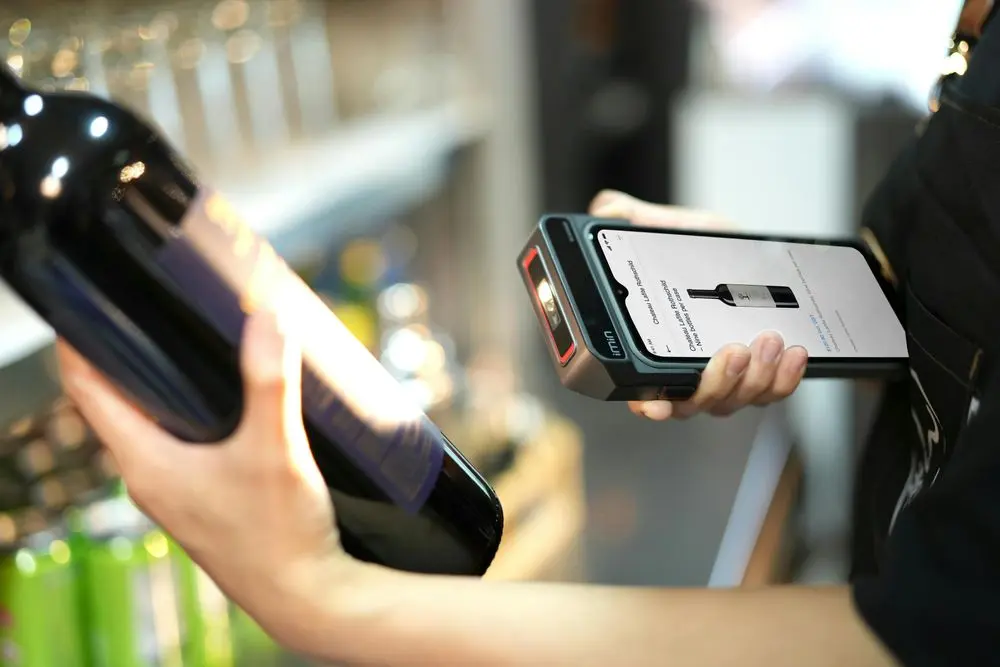
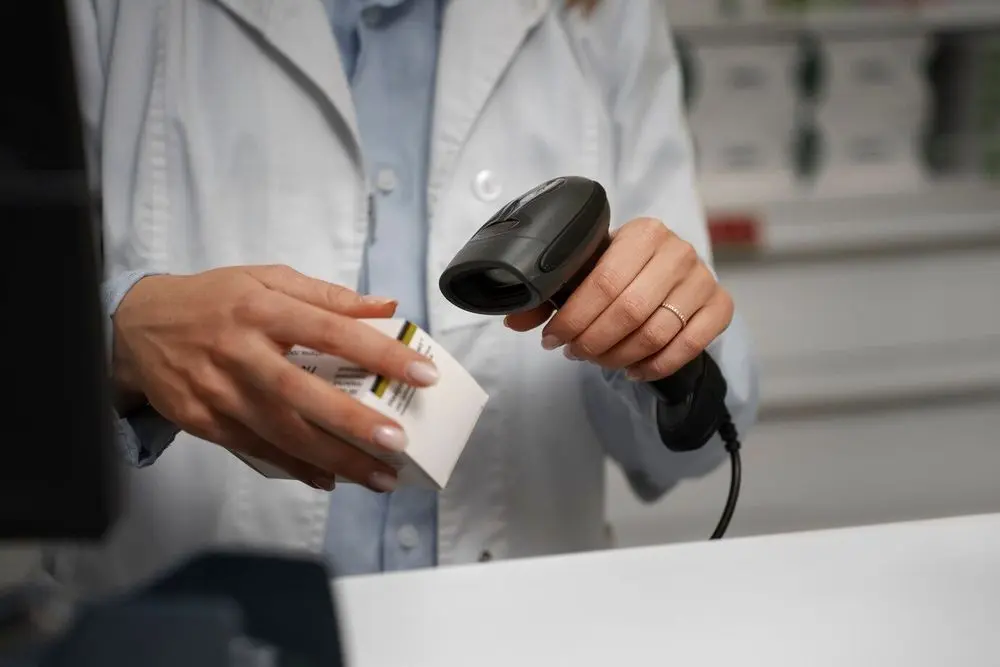
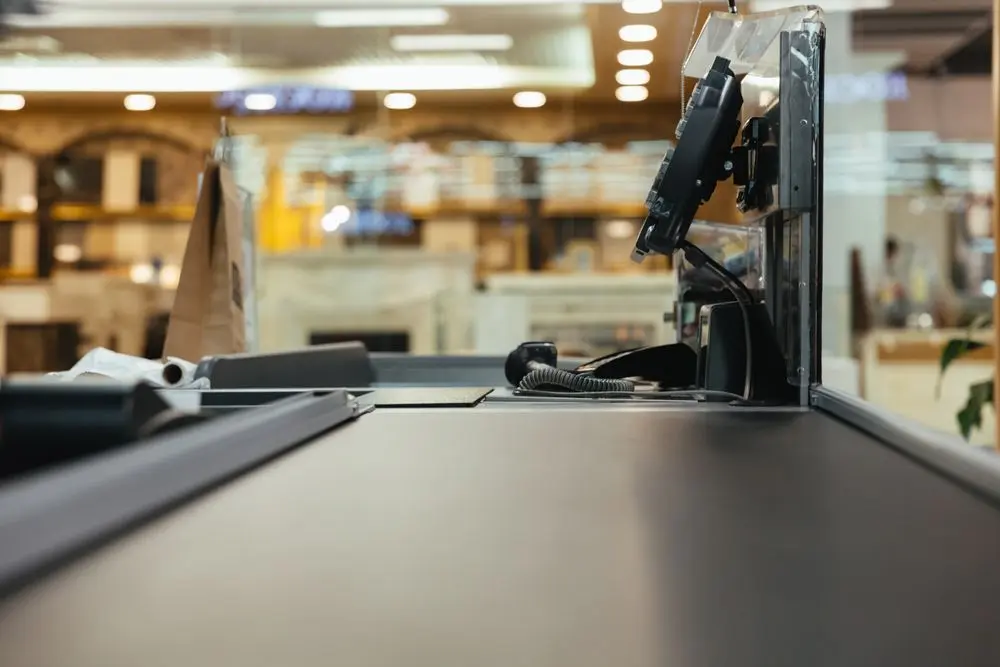
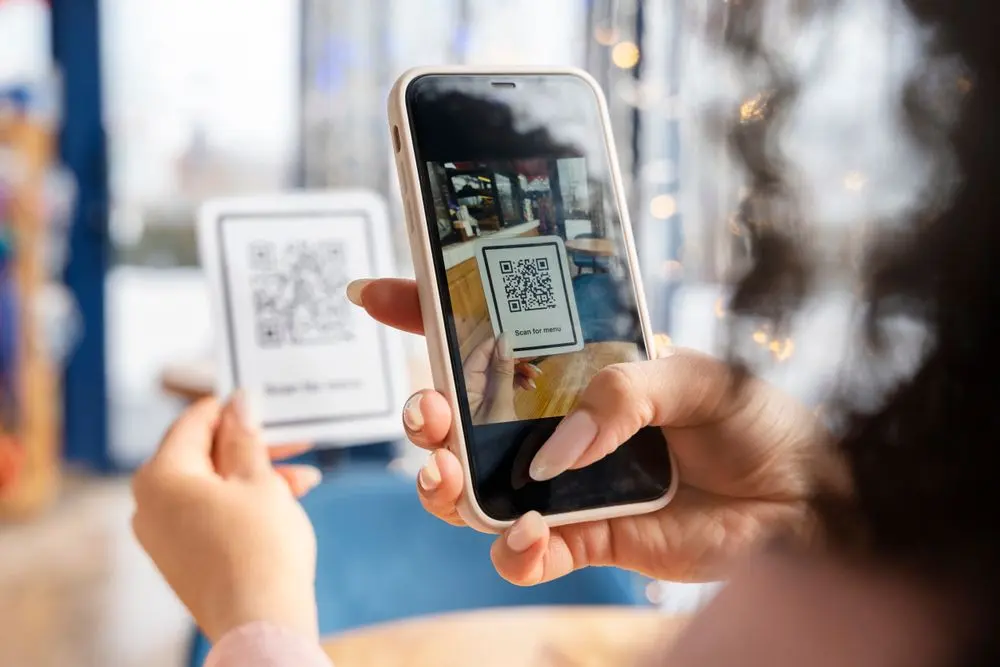
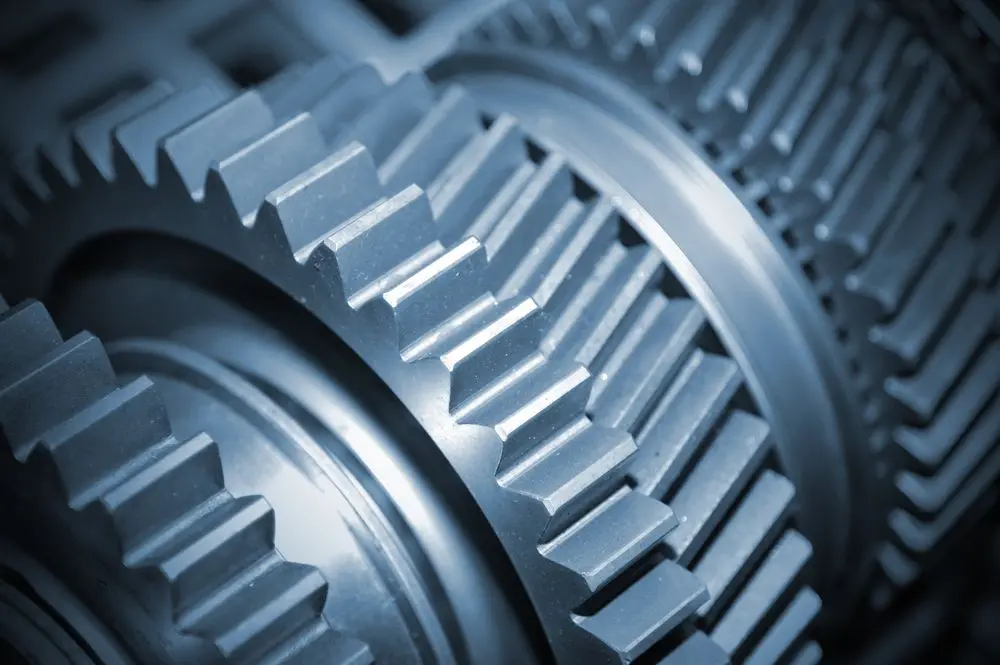



🍂 Cozy Autumn Leftover Cooking – Comfort dishes made from what's available
When the rain taps on the window and the tea cup becomes a permanent guest, the most beautiful kitchen time of the year begins: autumn. And what could be a better match than stylish leftover cooking – dishes that are not only sustainable but also truly exciting.
Autumn leftover cooking means: use instead of waste, but with a touch of sophistication. Here are some more unusual ideas to turn leftovers into small culinary highlights.
🧀 1. Pumpkin Gnocchi from leftover roasted vegetables
Do you have some leftover roasted pumpkin or sweet potato from the day before? Perfect!
Mash the vegetables, mix them with some flour, salt, and grated Parmesan, shape them into small gnocchi, and briefly cook them in salted water until they float to the surface. Then toss them in sage butter and top with chopped walnuts.
→ Tastes like Italy, looks like fine dining – and it's all made from leftovers!
🥖 2. Rustic bread salad with grapes and goat cheese
Tear stale bread into pieces, toast in olive oil until golden brown.
Add a few grapes (wrinkled ones are especially sweet), arugula or lamb's lettuce, crumbled goat cheese, and roasted hazelnuts. Mix with a dressing of balsamic vinegar, honey, and mustard.
→ A fall twist on the classic Panzanella – sweet, salty, crunchy, perfect!
🧅 3. French onion tart with leftover vegetables and puff pastry
Got some leftover puff pastry in the fridge? Make a tart out of it!
Caramelize onions in butter, add some leftover vegetables (e.g., leeks, mushrooms, or spinach). Spread on the pastry, top with a dollop of sour cream or cream cheese, and bake until golden brown.
→ Wonderfully aromatic, especially with thyme or rosemary.
🍎 4. Apple Sourdough French Toast with Vanilla Rum Butter
A piece of stale sourdough bread is soaked in a mixture of milk, egg, vanilla, and a dash of rum, fried in a pan, and served with fried apple slices and a rum butter.
→ Luxurious, yet made entirely from leftovers – perfect for a Sunday breakfast in pajamas.
🥬 5. Risotto made from leftover vegetables with lemon and herb oil
Chop the vegetable scraps finely and cook with a handful of rice into a creamy risotto.
A dash of lemon juice and some leftover herbs (parsley, basil, arugula) blended with oil make a fresh herb oil as a topping.
→ The acidity of the lemon beautifully enhances the earthy autumnal notes.
☕️ Bonus Tip: Using leftovers in a dessert glass
A few spoons of leftover compote?
Some leftover cake or cookies?
Layer it all with yogurt or mascarpone in a glass – and you have an autumnal "trifle" that looks like it came straight from a café in Copenhagen.
🍁 Conclusion
Autumnal leftover cooking is not a last resort, but a playground for creativity. When you look at ingredients with open eyes – not as leftovers, but as opportunities – small, exquisite dishes full of soul and flavor emerge.

Why we never stop refining Smantry ✨
At Smantry, we don't believe in 'finished'.
An app that is meant to accompany people in their daily lives is never complete – it grows, changes, and evolves. Just like the people who use it. 💛
We regularly pay attention to every detail:
How does a click feel? Is the path to a function clear enough? Does the idea behind a new view come across intuitively?
Sometimes it's just tiny things that make the difference – a better-placed button, a simplified overview, or a sentence that suddenly becomes clearer.
What drives us is the idea that Smantry should feel easy, familiar, and meaningful.
We want you to open the app and feel: "Ah, this is exactly how it should work."
Of course, not everything always goes perfectly. But that's exactly the point: We take the time to listen, to observe, to reconsider. Every piece of feedback, every use case, every new idea helps us to understand a little better what really matters.
Smantry is not a rigid product for us – it's a living process. A collaborative project that grows step by step.
And every update, every small improvement is a sign that we are on the right track:
A path to an app that doesn't feel like technology, but like support.
Towards a daily life that becomes simpler. Towards clarity, structure – and maybe even a bit of ease. 🌿
We're staying on it.
Because we are convinced that good things take time – and that it's worth creating them with heart.
Your
Smantry-Team
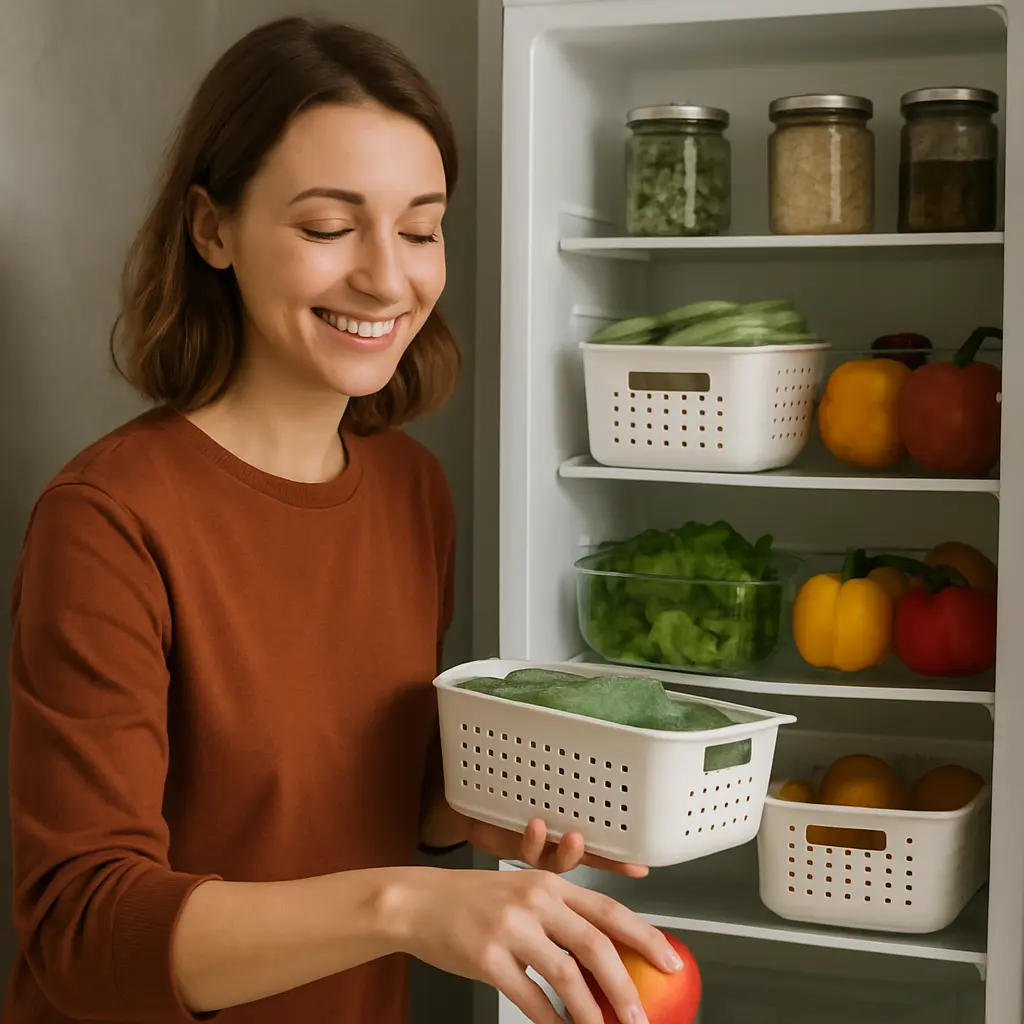
🌱 Staying on track made easy: How to stay motivated to create order and avoid food waste
We all know it: Initially, the motivation is high! You finally want to get your kitchen organized, keep an eye on your supplies, and shop more consciously. But after a few weeks, everyday life creeps back in – and the good resolutions start to falter.
With Smantry we want to support you not only in getting started, but also in sticking with it in the long term. 💪✨
1. Be aware of why you are doing this
Order and sustainability are not short-term trends – they grant you freedom, time, and a good feeling. If you know why you want to keep your supplies in check or throw away less food, it becomes much easier to stay consistent.
👉 Tip: Write down your 'why' in the app note or as a reminder.
2. Set small, achievable goals
Nobody becomes an organizing pro overnight. Start small:
- Today I'm just organizing the spice rack.
- Check the fridge this week.
- On your next shopping trip, purposefully buy only what you really need.
Small steps lead to success – and success motivates!
3. Make it easy for yourself – with smart helpers
Smantry automatically reminds you of expiring products, helps you keep track of your inventory, and assists you with shopping. This way, you have to think less and can enjoy more.
👉 The less effort required, the easier it is to stick with it!
4. Celebrate your progress 🎉
Creating order or avoiding waste is a process, not a sprint. Regularly review what you have already accomplished – you may already see that you need to throw away less or that your supply is finally manageable. That's great!
5. Make it part of your routine
Schedule fixed 'Smantry moments': for example, briefly check the inventory on Sundays or update the shopping list before going shopping. Routines provide structure and make sustainable actions a matter of course.
💚 Conclusion:
Motivation is not a perpetual flame – but with the right tools and habits, you can reignite it time and again.
With Smantry, you have a smart companion by your side that helps you stay organized, consume more consciously, and incidentally do something good for yourself and the environment.

More clarity when shopping: How Open Food Facts and the Smantry app make nutrition transparent
Many foods look healthy at first glance – but what's really inside them? Are the nutritional values balanced? How processed is a product? And what impact does it have on our environment?
This is exactly where the Smantry-App comes in: It uses the globally open database Open Food Facts, to give you immediate clarity when scanning your items. But what's actually behind the colorful labels like Nutri-Score, NOVA or Eco-Score, that you encounter in the app?
Let's take a closer look at the background.
Open Food Facts: From the Idea to a Global Database
The journey began in 2012 with the founding of Open Food Facts – a non-profit organization that collects, analyzes, and makes food information freely accessible worldwide. The goal from the beginning was to provide consumers with scientifically substantiated information.
What started as a small project has now become a global platform with millions of products. And it is precisely this data that the Smantry-App uses to give you a clear overview directly on your smartphone.
An overview of the most important scores
1. Nutri-Score – how healthy is my product?
Since 2016, the Nutri-Score has been legally established in France – and it has quickly spread throughout Europe.
- A (green) means: very balanced.
- E (red) means: unbalanced, enjoy in moderation.
The rating is based on calories, sugar, salt, saturated fats – but also on positive factors such as fiber, protein, and the proportion of vegetables.
👉 So in the Smantry app, you can see at a glance whether a food item fits into your everyday life – or perhaps should be on the table less often.
2. NOVA-Score – how processed is it?
Not only the ingredients, but also the degree of processing plays a significant role for health. This is exactly what the NOVA-Score (integrated into Open Food Facts since 2018) shows you:
- 1 = unprocessed or minimally processed (e.g., fresh fruit, plain yogurt)
- 2 = ingredients such as vegetable oils, sugar, flour
- 3 = processed foods (e.g., bread, cheese, canned goods)
- 4 = highly processed products ("Ultra-Processed Food"), often with additives, flavors, and industrial processes
👉 With the Smantry app, you can instantly tell if a product is still 'close to nature' – or if it falls into the category of being highly processed.
3. Eco-Score (soon to be Green-Score) – how sustainable is my shopping?
Since 2019, Open Food Facts also includes an environmental assessment: the Eco-Score. It takes into account, among other things:
- CO₂ emissions from production and transportation,
- Packaging and recyclability,
- Origin and seasonal factors.
The rating is – similar to the Nutri-Score – from A (very eco-friendly) to E (less sustainable).
By 2025, this will become the Green-Score, which will take into account even more detailed data and thus provide you with even better guidance for sustainable consumption.
👉 For you in the Smantry app, this means: You can see not only whether a food is healthy for you, but also whether it is good for our planet.
What this means for you as a Smantry user
Currently, you can scan your products in the Smantry-App and view many details. The scores themselves are not yet integrated – but the integration is planned.
This means: Soon you will be able to see not only the nutritional values of a product but also how healthy, processed, or sustainable it is – all directly in your app.
Conclusion: Your Smart Nutrition Compass
The colorful labels are much more than pretty symbols. They are your quick compass in everyday life – whether you want to shop with health consciousness, reduce highly processed products, or pay attention to the environment.
With the Smantry-App you already have strong support for more transparency while shopping. And with the planned integration of the scores, it will become even more valuable – your smart nutritional compass for the future.
